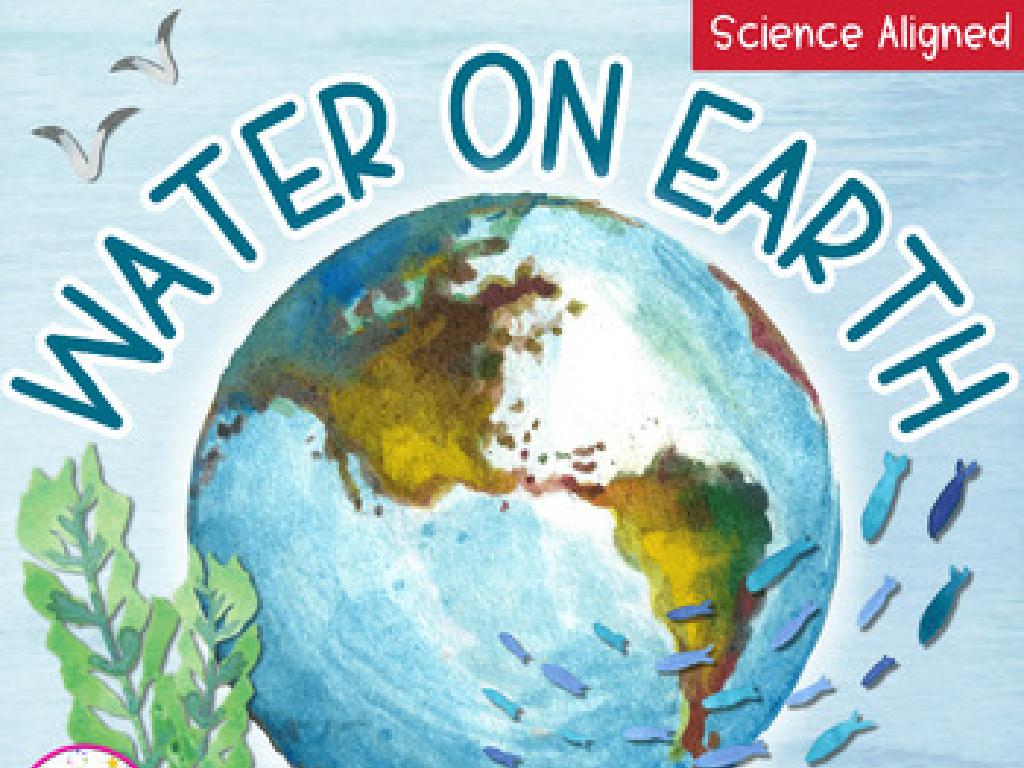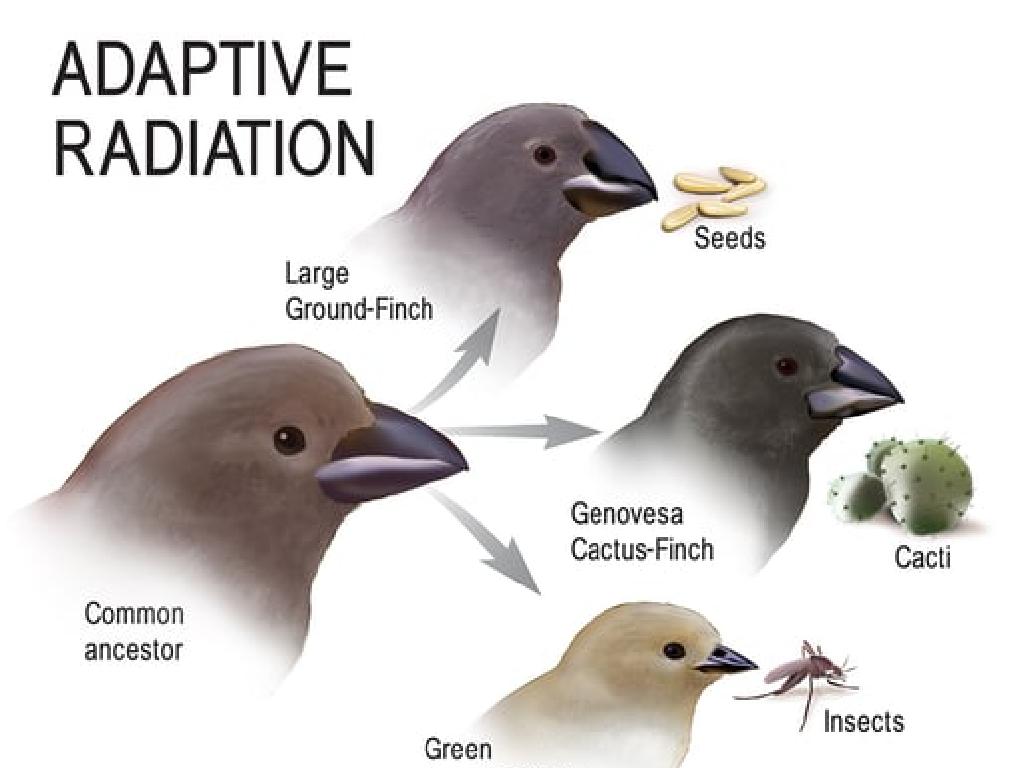Identify And Select Countries Of The Caribbean
Subject: Social studies
Grade: Seventh grade
Topic: The Americas: Geography
Please LOG IN to download the presentation. Access is available to registered users only.
View More Content
Exploring the Caribbean
– Geography of the Americas overview
– Why geography matters
– Geography helps us understand our world.
– Introducing Caribbean countries
– Learn about the diverse islands in the Caribbean Sea.
– Significance of the Caribbean region
– The Caribbean’s unique culture and ecosystems.
|
This slide introduces students to the broader subject of the geography of the Americas, with a focus on the Caribbean region. Begin by providing a brief overview of the Americas’ geography, highlighting the diversity of landscapes and climates. Emphasize the importance of geography in understanding cultural and environmental aspects of different regions. Then, transition to the main topic of the day, which is the countries of the Caribbean. Explain that the Caribbean is a group of islands with distinct cultures, languages, and histories that play a significant role in the Americas’ geography. Discuss the impact of the Caribbean on global biodiversity and cultural exchanges. Encourage students to think about how geography shapes the way people live in different parts of the world.
Exploring the Caribbean Region
– Define the Caribbean region
– A tropical sea region with over 700 islands, islets, reefs, and cays.
– Geography: Sea, islands, coasts
– The Caribbean Sea is bounded by Mexico and Central America to the west and south, to the east by the Lesser Antilles, and to the north by the Greater Antilles.
– Cultural diversity
– A melting pot of cultures including African, European, and native influences.
– Linguistic variety
– Languages include Spanish, French, English, Dutch, and various Creole languages.
|
This slide introduces students to the Caribbean region, a unique area known for its vibrant culture and stunning geography. Emphasize the vastness of the Caribbean, which includes many islands with diverse ecosystems. Highlight the cultural diversity stemming from historical events such as colonization and the African diaspora, which have created a rich tapestry of traditions and customs. Discuss the linguistic variety, with many languages spoken due to the colonial history and the mix of indigenous and immigrant communities. Encourage students to think about how geography can influence culture and language in a region.
Map Study: Locating the Caribbean
– Identify the Caribbean on a map
– Look for the sea surrounded by Americas
– Discuss Caribbean’s proximity
– Notice how close it is to Florida and Venezuela
– Interactive map exploration
– Use online tools to explore the islands
– Find major islands and countries
– Locate Cuba, Jamaica, Haiti, and others
|
This slide is intended to help students visually locate the Caribbean region and understand its geographical relationship with the surrounding continents. Start by showing the Caribbean’s position on a world map. Highlight its proximity to the southeastern coast of North America and the northern coast of South America. Encourage students to use interactive map tools to explore the region and identify major islands and countries such as Cuba, Jamaica, Haiti, the Dominican Republic, and Puerto Rico. This activity will enhance their spatial awareness and geographical knowledge of the Americas.
Exploring the Caribbean Countries
– List Caribbean nations
– Bahamas, Cuba, Jamaica, Haiti, and more
– Overview of country locations
– Each country’s location in relation to the Caribbean Sea
– Diversity in the Caribbean
– Countries vary in language, history, and size
– Cultural and geographical variety
|
This slide aims to introduce students to the countries of the Caribbean, their geographical locations, and the region’s diversity. Start by presenting the list of countries and showing their positions on a map. Discuss how the Caribbean Sea binds these nations together geographically, yet each has its unique cultural identity and historical background. Emphasize the variety of languages spoken, such as Spanish, French, English, and Dutch, and the differences in political systems, economies, and landscapes. Encourage students to explore these countries further to understand the rich tapestry of cultures within the Caribbean region.
Cultural Influences in the Caribbean
– Blend of cultures in the Caribbean
– A mix of African, European, and native traditions
– Historical impact on culture
– Colonial history shaped the cultural landscape
– Music as cultural expression
– Reggae, Calypso, and Soca originated here
– Food and festivals showcase diversity
– Caribbean cuisine and carnivals are world-famous
|
This slide aims to highlight the rich cultural tapestry of the Caribbean, which is a result of centuries of blending between African, European, and indigenous peoples. The history of colonization and the slave trade has had a profound impact on the region’s culture, influencing everything from language to religion. Music is a vibrant expression of Caribbean culture, with genres like Reggae and Calypso gaining international recognition. Food and festivals also play a significant role in the cultural identity of the Caribbean, with dishes and celebrations reflecting the diversity of the region’s heritage. Encourage students to explore the various cultural elements that make the Caribbean unique, and discuss how history has shaped these expressions.
Economic Activities in the Caribbean
– Tourism’s impact on economy
– Major source of income & employment
– Agriculture’s role in the Caribbean
– Traditional crops like sugarcane, bananas
– Industrial activities & trade
– Manufacturing to exports, e.g., electronics, textiles
– Interdependence of sectors
– How tourism, agriculture, and industry support each other
|
This slide aims to educate students on the various economic activities that drive the Caribbean economies. Emphasize the importance of tourism as a major source of revenue and job creation, highlighting popular tourist destinations and activities. Discuss agriculture’s contribution, focusing on traditional Caribbean crops and the challenges faced by the agricultural sector. Explore the industrial sector, including manufacturing and trade, and how it’s linked to global markets. Finally, explain the interdependence of these sectors and how they collectively contribute to the region’s economic stability. Encourage students to think about how these economic activities might be interrelated and to consider the environmental and social impacts of these industries on the Caribbean islands.
Environmental Challenges in the Caribbean
– Hurricanes’ impact on the Caribbean
– Hurricanes can cause significant damage to infrastructure and ecosystems.
– Coral reef degradation
– Coral reefs are vital to marine life but are threatened by pollution and climate change.
– Conservation efforts
– Efforts include protected areas and responsible tourism.
– Sustainable development’s role
– Balancing growth with environmental protection is key for the future.
|
This slide aims to educate students on the environmental issues facing the Caribbean, a region prone to natural disasters and ecological challenges. Discuss the frequency and consequences of hurricanes, including economic and habitat destruction. Highlight the importance of coral reefs to biodiversity and the threats they face from human activity and global warming. Emphasize ongoing conservation work, such as the establishment of marine protected areas and sustainable tourism practices. Finally, explain sustainable development as a method to ensure the long-term health and prosperity of the Caribbean environment and its people. Encourage students to think critically about how these challenges affect the lives of those living in the Caribbean and the global community.
Class Activity: Explore Caribbean Countries
– Form small research groups
– Each group picks a Caribbean country
– Research your country’s geography, culture, economy
– Look into physical landscape, local customs, and financial systems
– Create a presentation on your findings
– Use visuals and facts to make your presentation engaging
|
This activity is designed to foster teamwork and enhance research skills as students delve into the diverse aspects of a Caribbean country. Divide the class into groups of 3-4 students. Each group will choose a different Caribbean country to research, ensuring a wide range of countries are covered. Students should focus on understanding the physical geography, cultural practices, and economic structure of their selected country. They will then prepare a short presentation to share their findings with the class. Encourage the use of maps, images, and key facts to create an informative and visually appealing presentation. Possible countries for selection include Jamaica, Haiti, Cuba, the Dominican Republic, and Trinidad and Tobago. This will not only educate them about the Caribbean region but also help them develop presentation skills.
Conclusion: The Caribbean’s Global Significance
– Recap Caribbean countries
– Global importance of the Caribbean
– A hub for trade, tourism, and cultural exchange
– Diversity in the Caribbean
– A melting pot of cultures, languages, and histories
– Challenges faced by the Caribbean
– Economic, environmental, and social issues
|
As we conclude our journey through the Caribbean, let’s recap the countries that make up this vibrant region. Emphasize the Caribbean’s role in global trade, tourism, and as a cultural crossroads. Highlight the rich diversity found in the Caribbean, with its mix of languages, cultures, and historical influences. Discuss the challenges the region faces, including economic disparities, environmental vulnerabilities, and social issues. Encourage students to reflect on the complexity of the Caribbean and how it’s an integral part of the Americas and the world. This reflection will help students appreciate the interconnectedness of global communities and the importance of geographical knowledge.






